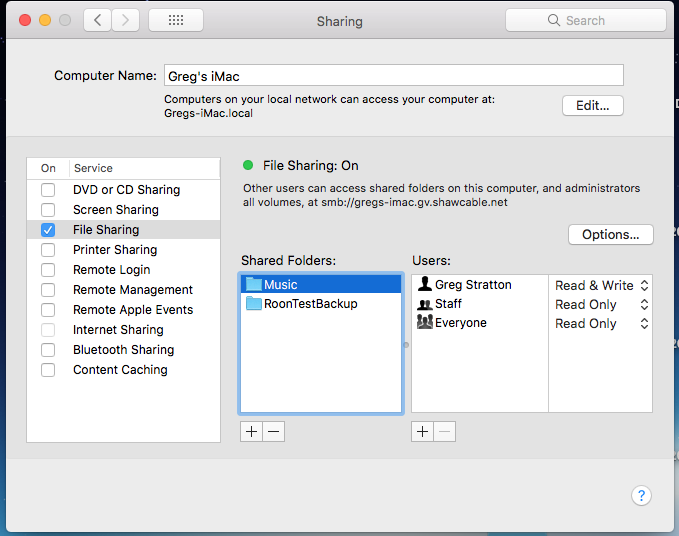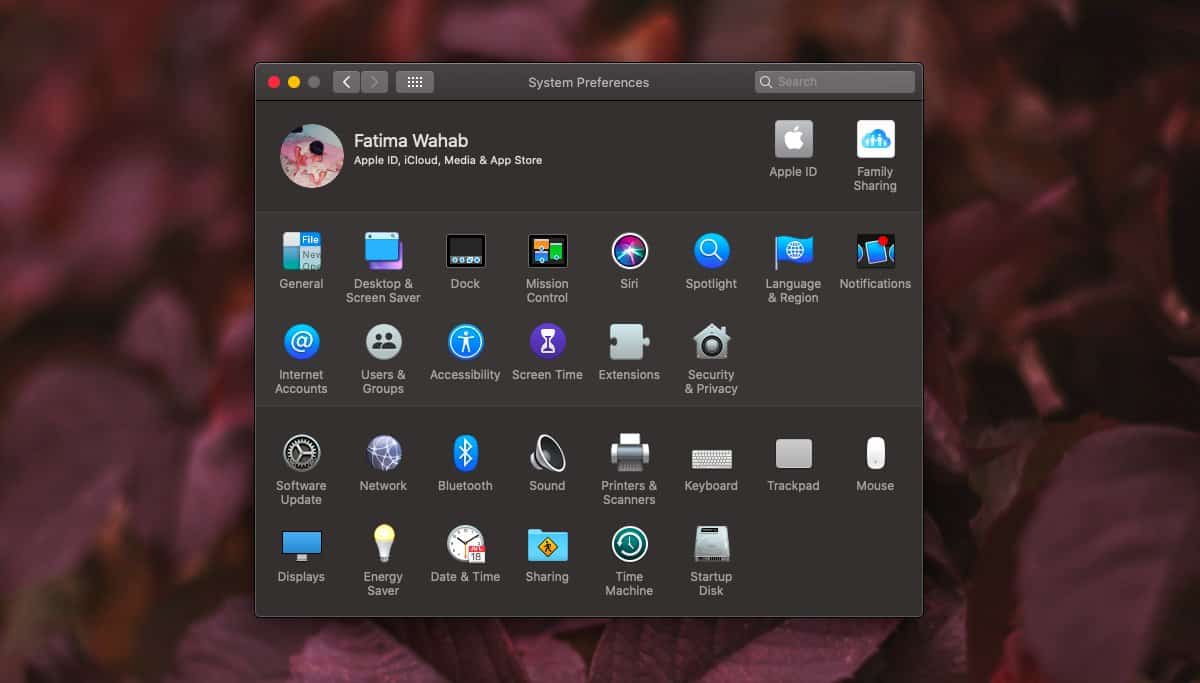

Of the connectivity options, some will allow you to share over the Internet, and others are restricted to local networks (direct computer-to-computer connections). Most routers will automatically set up the network for you, but if you don't have a router, enabling the ports in the Network system preferences and connecting the cables should set up self-assigned IP addresses that will work.


Therefore, if you have two computers connected via any one of these methods, and have them set up properly with an IP address, you should be able to share files between the computers. These protocols are accessible to and used on all IP-based networks, which include Airport, Ethernet, and FireWire (yes, it does more than just connect hard drives and camcorders). We will not cover FTP and NFS in this tutorial. The open-source solution for SMB that Apple implements is called "Samba." Beyond these, Apple also supports the legacy FTP (File Transfer Protocol) and NFS (Network File System) protocol.
#File sharing software mac os x windows
In addition to AFP, you can connect to Windows shares and also share to Windows computers using the SMB (Server Message Block) protocol. These are the default AFP (Apple Filing Protocol), which evolved from and may still be referred to as "Appletalk" in some circles. There are three primary methods of file sharing that are built into OS X.
#File sharing software mac os x how to
In this tutorial we will cover the default behaviors of the OS X file-sharing setup, as well as how to create and manage custom share points. In addition, you will also see any customized mount points that your account has been given access to (ie: external hard drives or secondary hard drives). For standard accounts you will only be able to see shared folders and your home folder. Conversely, items you are restricted from accessing locally will not be available to you via the network either.īy default, with file sharing enabled and upon successful network log-in, you should be able to access your home folder, any available "public" folders, and the root of the file system (Macintosh HD) if you are an administrator. They have done a fairly good job at it, both in the default setup for file sharing and in allowing you to customize the file-sharing setup on your computer, by making sharing both configurable through one interface and also intuitive.įile sharing in OS X is very similar to file access when you're sitting at the computer in fact, the Unix structure of OS X makes access permissions to resources the same for both local and network environments, so items you have access to locally should be available to you when you are on the network, provided they're either set up as share points or within another share point. Because of the multiple steps for sharing items, people could lose track of the shared folders, and the permissions that each user had for the specific share point.Īs with many aspects of the system, Apple has gone through extensive efforts to refine this process in OS X, and make file sharing straightforward and simple. First, you needed to enable file sharing in one location, then add users in another location, and finally navigate to individual folders in the finder to set up sharing for those locations. In order to share files on a network in the past "classic" Mac operating system, you had to access and set up items in several locations.


 0 kommentar(er)
0 kommentar(er)
